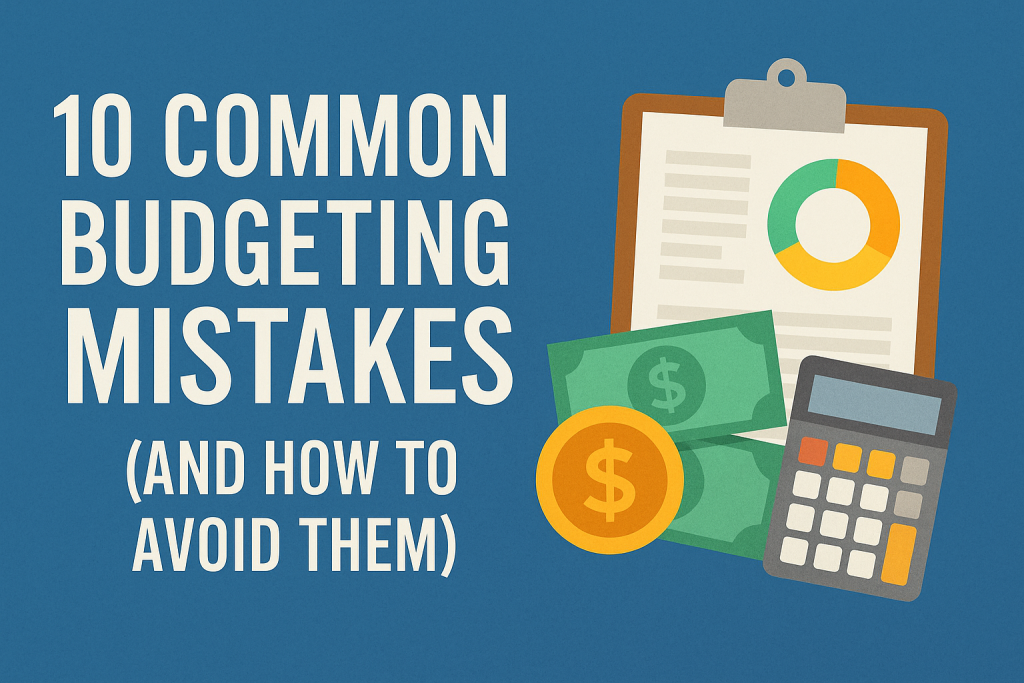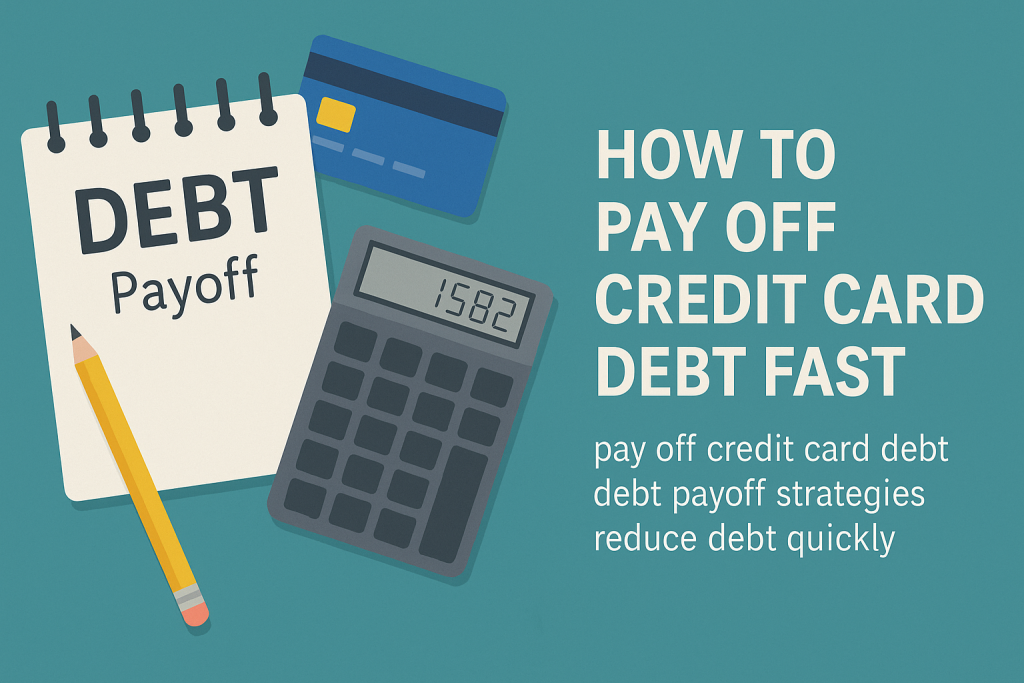Creating a consistent money routine is one of the most powerful ways to take control of your finances. When you build strong financial habits, you can stay on track with your goals, reduce stress, and make smarter decisions with your money. In this guide, we’ll walk you through 7 simple steps to create a monthly money routine that works for you, complete with a practical monthly budget checklist to keep you organized.
Why You Need a Monthly Money Routine
Money management isn’t just about reacting to expenses—it’s about planning ahead. A monthly money routine gives you a system to review your finances regularly, spot potential issues, and adjust your spending and savings as needed. By building this habit, you’ll gain more control over your budget, improve your financial well-being, and feel more confident about your money decisions.
7 Steps to Build a Monthly Money Routine
1. Review Your Income and Expenses
Start by reviewing your income for the month—this includes your salary, side hustles, and any other sources of income. Then, list all your expenses, both fixed (like rent and utilities) and variable (like groceries and entertainment). Understanding your cash flow is the foundation of any effective money routine.
2. Update Your Monthly Budget Checklist
A monthly budget checklist helps you stay organized. Include essential categories like housing, transportation, food, savings, debt payments, and personal spending. Don’t forget to factor in irregular expenses such as gifts or car maintenance. Keeping your checklist updated ensures you’re prepared for the month ahead.
3. Set or Reassess Your Financial Goals
Each month, review your financial goals. Are you saving for a vacation, paying down debt, or building an emergency fund? Setting clear goals—and checking in on your progress—keeps you motivated and focused.
4. Track Your Spending
Monitoring your spending is a key part of building good financial habits. Use budgeting apps, spreadsheets, or simple pen and paper to track where your money goes. Knowing your spending patterns helps you make smarter choices and identify areas to cut back if necessary.
5. Adjust Your Budget as Needed
Life happens, and your budget should reflect that. Each month, adjust your budget based on upcoming expenses or changes in income. Flexibility is key to maintaining a sustainable money routine.
6. Schedule a Monthly Money Check-In
Set a specific date—like the first Sunday of the month—to review your finances. During this check-in, update your budget, check your bank accounts, pay upcoming bills, and assess your progress toward your goals. This regular check-in reinforces your financial habits and keeps you accountable.
7. Celebrate Small Wins
Building a strong money routine is a journey, so take time to acknowledge your progress. Whether it’s sticking to your budget for the month, paying off a credit card, or saving an extra $100, celebrate these wins. They’ll motivate you to stay consistent and keep building healthy financial habits.
Final Thoughts
A consistent money routine helps you stay organized, reduce financial stress, and reach your goals faster. By following these 7 steps and using a simple monthly budget checklist, you’ll develop financial habits that last a lifetime. Start small, stay consistent, and watch your confidence and financial health grow each month.


